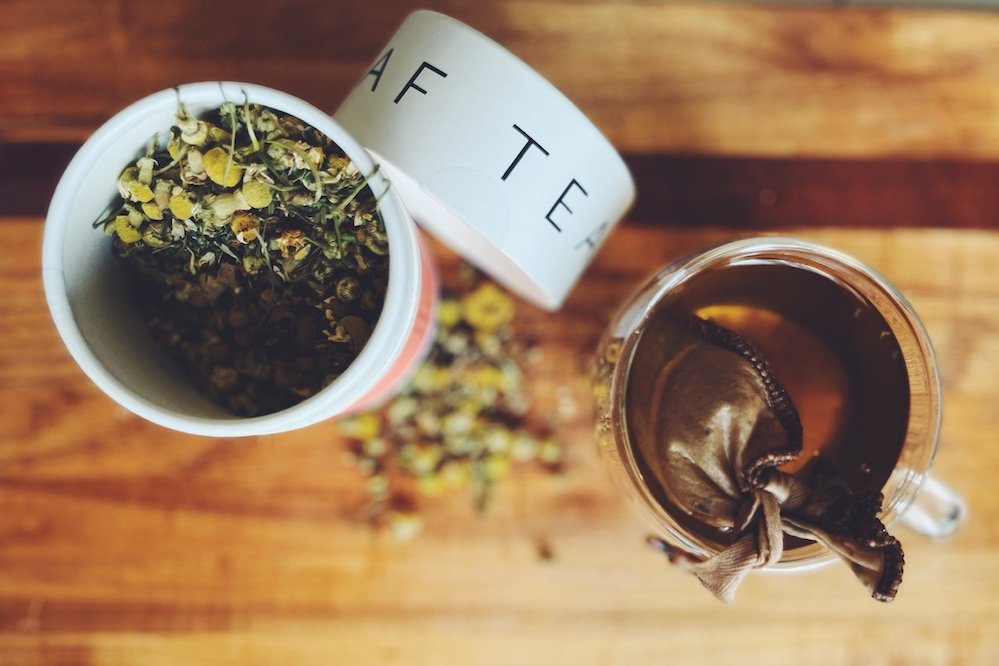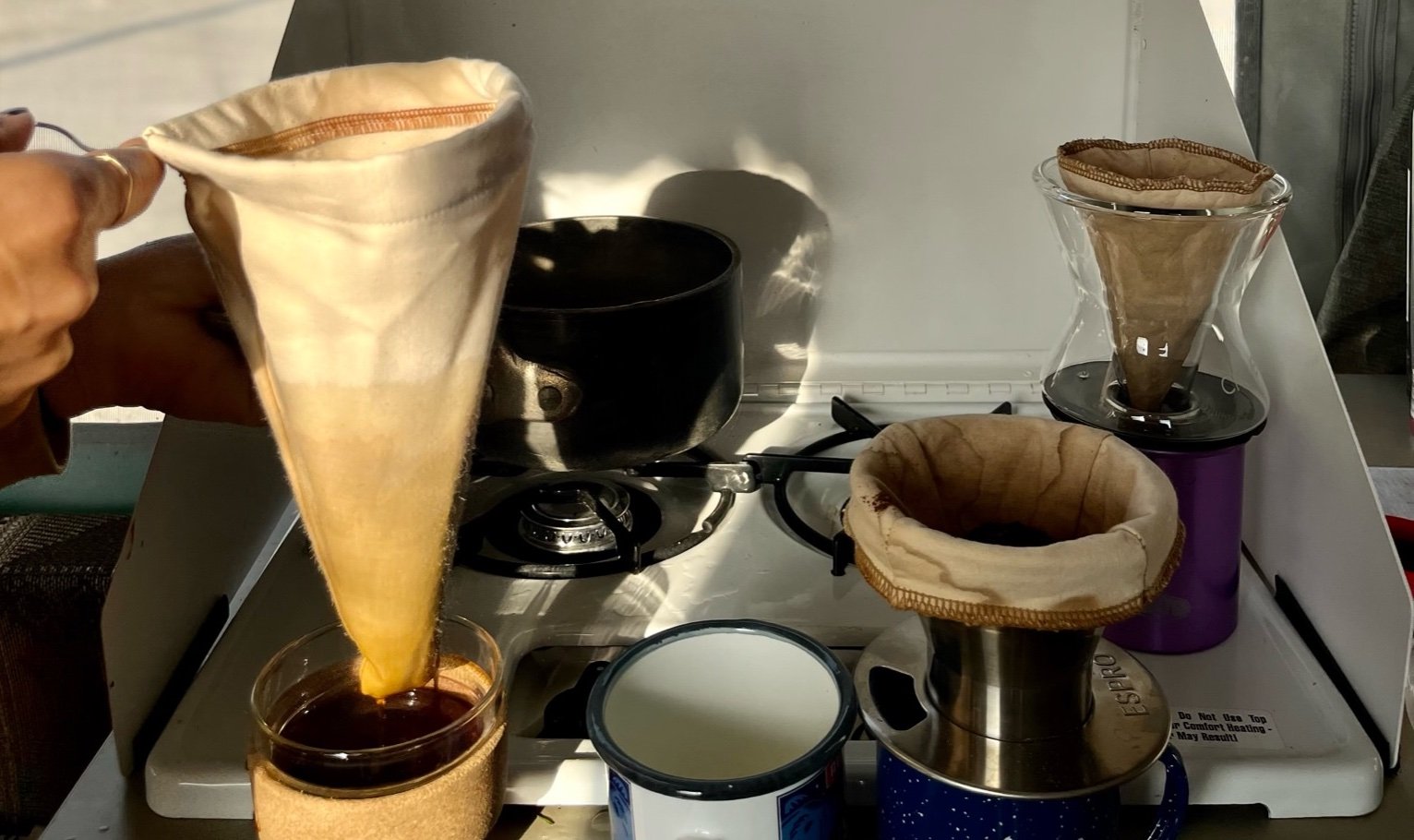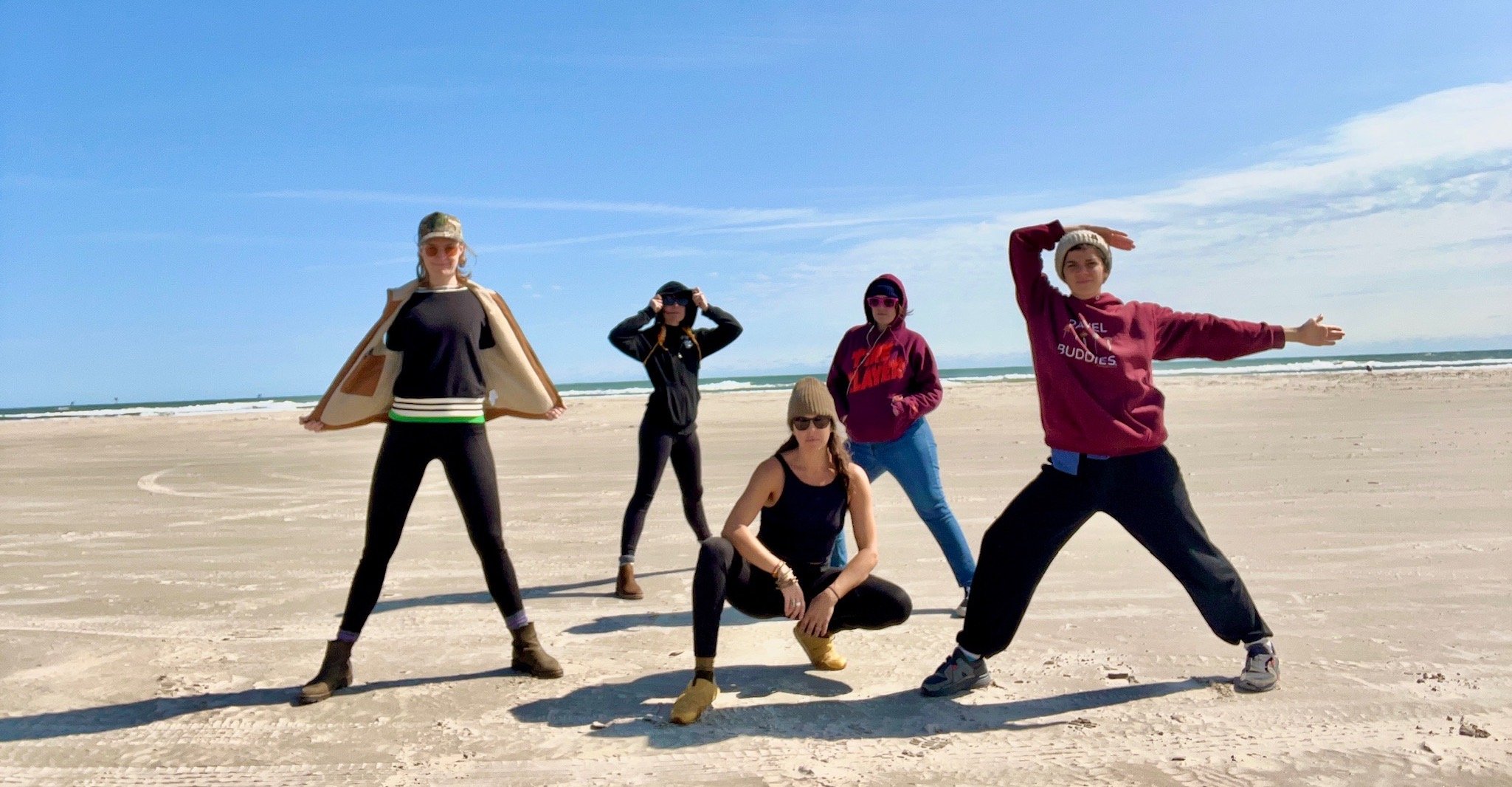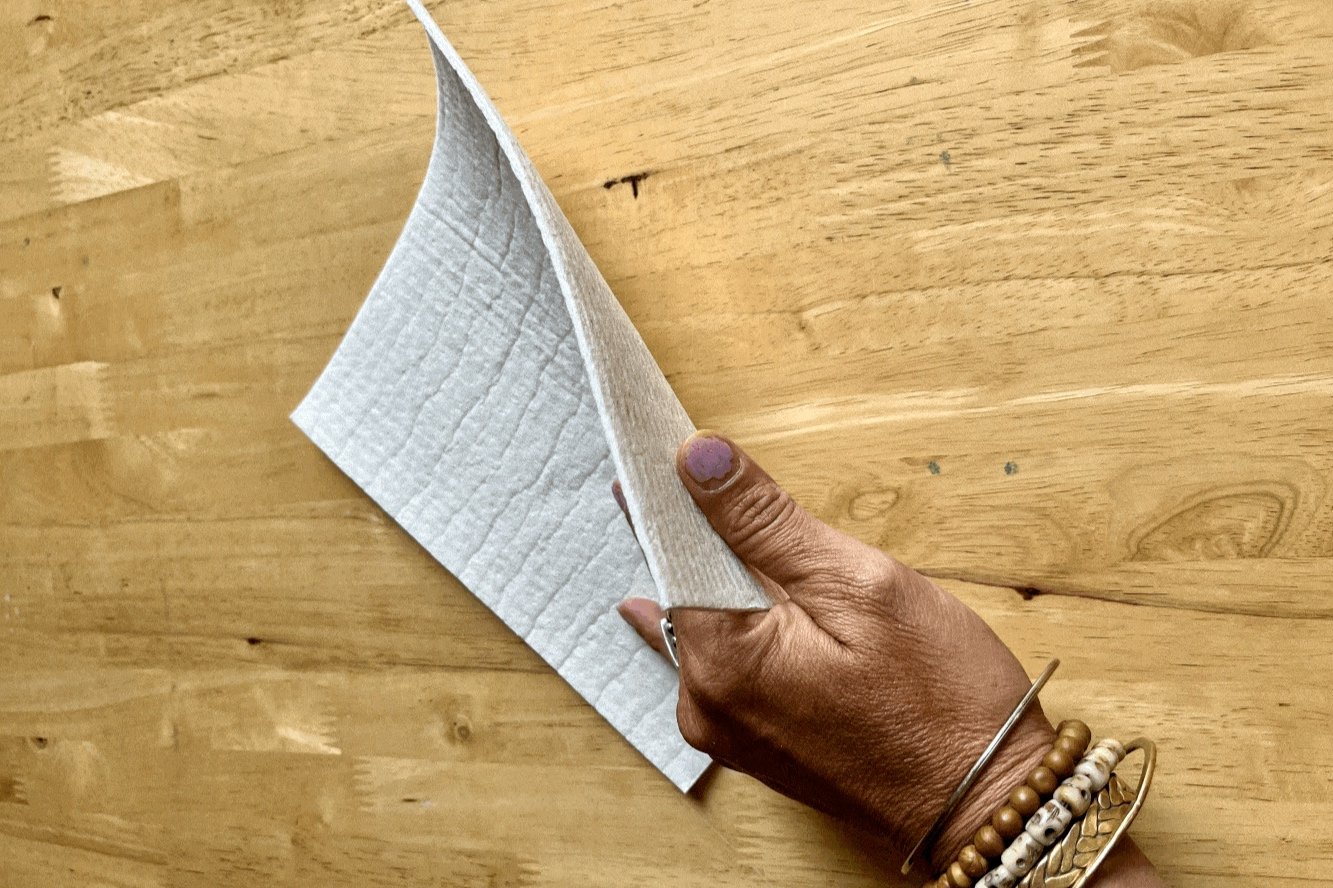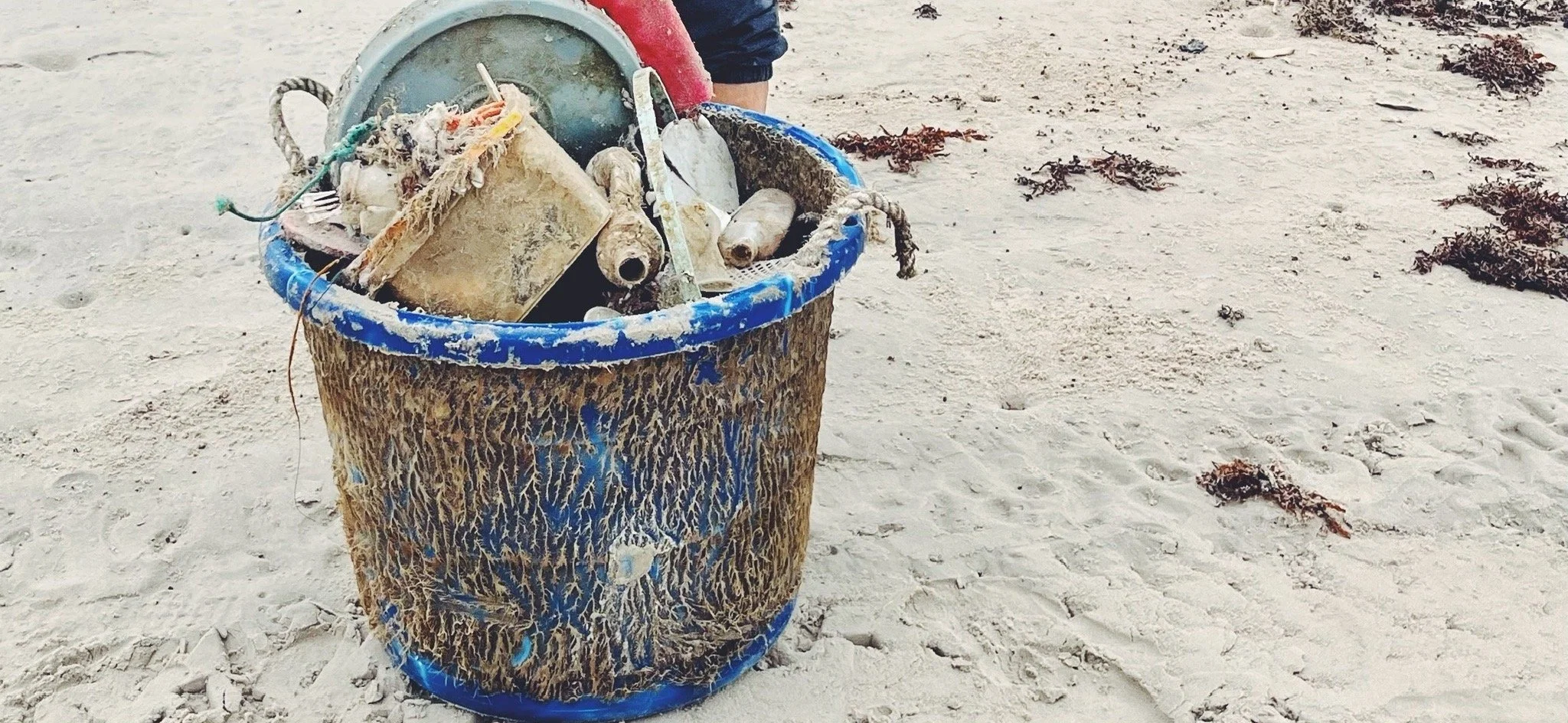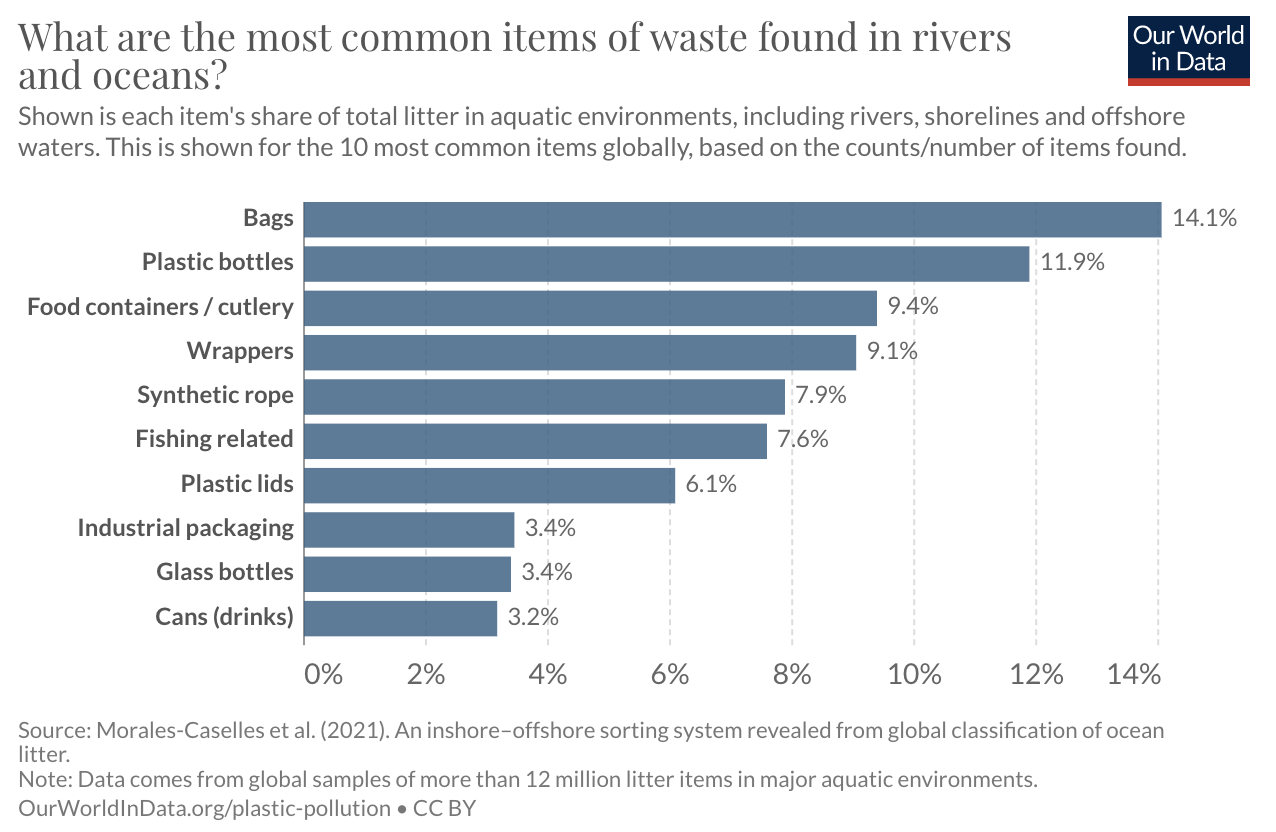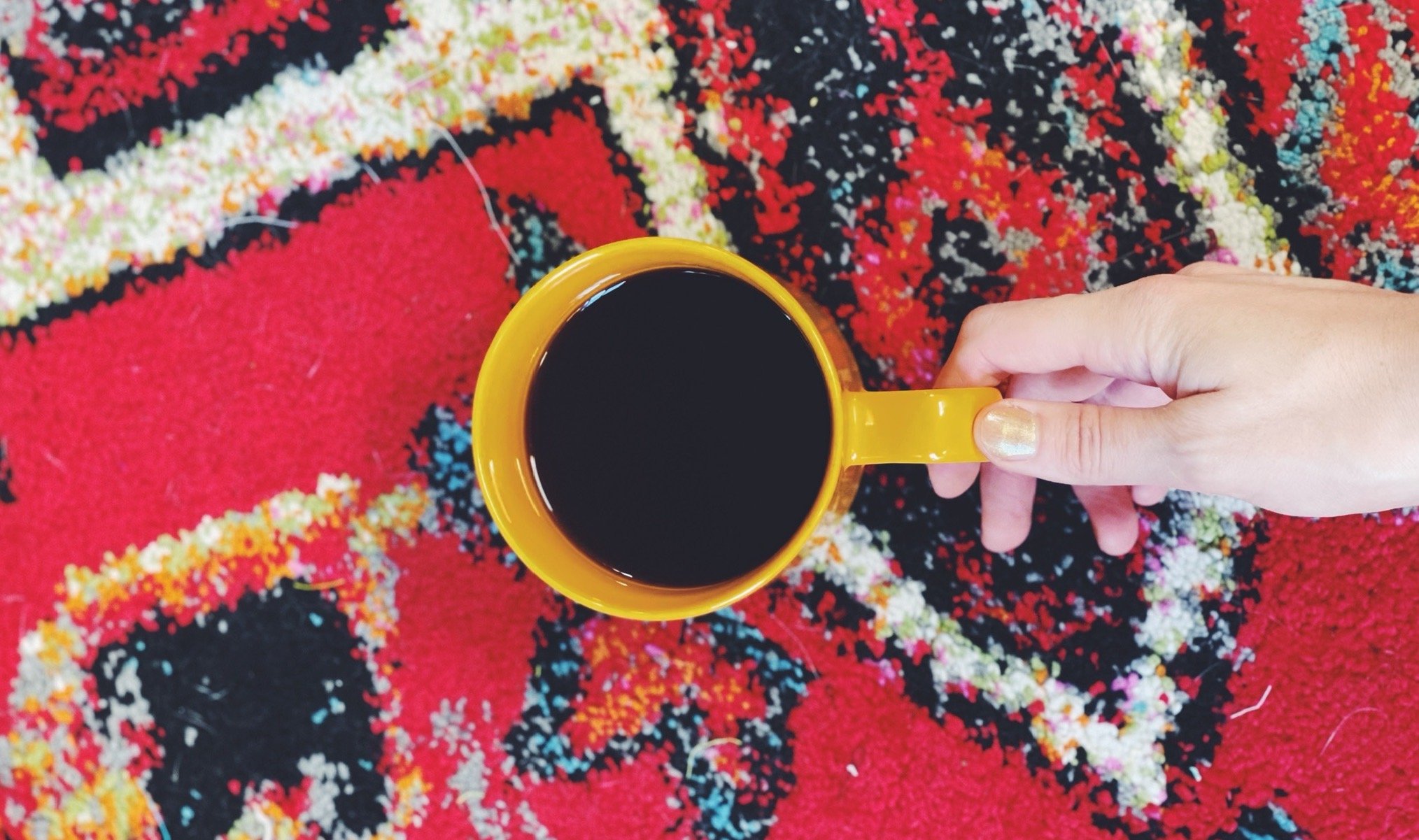Hawaii is the only US state known for its coffee. While the Kona region may produce the state’s most well-known coffee, Hawaii’s volcanic soil and rainy climate make for excellent coffee throughout the islands. Get the details.
When you think of coffee that is grown and sold in the USA, you probably think of Hawaii, and Kona coffee specifically. In fact, 95% of all coffee grown on the Big Island of Hawaii is Kona coffee.
Of course, Hawaii has other islands, and the largest coffee farm in the state is actually the Kauai Coffee Company. Then there’s the coffee of Maui, too.
So, what’s the difference between coffee grown in Kona, Kauai, or any other part of the state? Let’s take a look at farming practices, sustainability, and how each type of coffee makes it to your cup.
What types of coffee are grown in Hawaii?
On the big island
Coffee grown on the Big Island is arguably the most well-known. Grown on the slopes of Mauna Loa and Hualalai volcanoes, the two main types of coffee grown in Hawaii are Kona and Ka'u, though other varieties gain steam every year.
Kona coffee is grown on the western side of the Big Island and is famous for its rich, smooth flavor with hints of chocolate and nuts. It is known as one of the most expensive and luxurious coffees in the world. Ka'u coffee, on the other hand, is grown on the southern side of the Big Island and is known for its deep, complex flavor with notes of fruit and spice. Both types of coffee are produced in small batches by local farmers.
The next biggest island: Maui
The coffee of Maui is grown in the Ka'anapali and Kula regions of the island, at elevations ranging from 500 to 2,000 feet above sea level. Maui coffee is often described as having a bright acidity and a floral, citrusy flavor profile with notes of caramel and chocolate. It is typically grown in smaller quantities than Kona coffee, making it a rare and highly sought-after specialty coffee.
The climate and soil conditions on Maui are different from those on the Big Island, and Maui coffee is typically grown at higher elevations than Kona coffee, all of which impact the taste. Which you prefer, would be down to personal preference.
The coffee of Kauai
Kauai coffee is grown on the south shore of the island, in the rich volcanic soil of the Koloa and Poipu regions. The coffee of Kauai is often described as having a smooth, balanced flavor with notes of chocolate and caramel. The growing conditions on Kauai, which include abundant rainfall and warm temperatures, contribute to the coffee's unique taste and aroma.
A notable difference for Kauai coffee is that it’s grown on a single estate on Hawaii’s largest coffee farm, called The Kauai Coffee Company. This means that growing and harvesting practices will be the same for all Kauai coffee, whereas you’ll find much more small-batch coffees grown at small and distinct farms in the Kona region or in Maui. Some say this creates more consistency cup-by-cup for Kauai coffee. Of course, if you’re looking for a nuanced coffee-tasting experience while on the Big Island, you will enjoy tasting Kona varieties.
Is Hawaiian coffee sustainable?
Because the climate across the islands is naturally excellent for growing coffee, it’s easier in Hawaii to use sustainable practices. The regular mix of sun, rain, and cloud cover along with rich, well-draining vocalic soil means that growing coffee does not require cutting down areas of forest or using pesticides.
That’s not to say all farms use sustainable farming practices. But it’s common for farms to prioritize organic farming, composting, regenerative farming practices, and water conservation.
Keep in mind that the certification process for sustainable coffee in Hawaii can be complex and expensive, which can make it difficult for smaller farmers to obtain certification. That said, with a little due diligence, you can learn whether a farm uses pesticides or GMOs.
Some of the larger farms go so far as to be triple-certified. The Kauai Coffee Company’s “100% Hawaiian Coffee has earned the unique distinction of being triple certified by leading sustainability advocates, including Fair Trade USA®, the Rainforest Alliance, and Non-GMO Project.”
What about fair trade?
Fair Trade is a label meant to ensure that coffee farms pay workers fair wages, among other sustainable practices.
Both The Kauai Coffee Company and Big Island Coffee Roasters clarify that, because Hawaii is part of the U.S. and subject to U.S. labor and wage laws, it doesn’t fall under the global “fair trade movement.”
That said, in 1998, Fair Trade USA began working with partners to apply fair trade principles to the North American market. The process to qualify is very rigorous, and might not work for smaller farms at this time, but some larger farms like The Kauai Coffee Company are certified through the organization.
Why is Hawaiian coffee so expensive?
If you’re already familiar with Hawaiian coffee, then you have probably noticed the price tag. What makes it so expensive?
Key factors include the quality, rarity, and labor practices of Hawaiian coffee. As noted, the islands make for excellent coffee growing, and many people say Hawaii produces the best coffee in the world. In addition, many farms in Hawaii are small, making their product more rare and exclusive, which can further raise the price.
In short, many consider Hawaiian coffee a luxury product.
That’s not the only reason for the cost, however. The high cost of labor in Hawaii, coupled with the high cost of land, equipment, and other farming expenses, add to the overall price of Hawaiian coffee.
“But I found this cheap Hawaiian coffee!”
If you found inexpensive, 100% Hawaiian coffee that makes a delicious cup, congratulations! Make sure you look really closely at the label though.
Many blends that say “Kona coffee”, for example, only contain about 10% coffee grown in Kona. Because it’s so pricey, blends are common. So buyer beware when you see the word “blend” or if the coffee you’re buying seems underpriced.
Maybe you’re getting a bargain. Maybe you’re getting coffee that’s 90% not Hawaiian.
Where to buy 100% Hawaiian coffee outside of Hawaii
When shopping for 100% Hawaiian coffee, it's important to look for reputable brands that source their coffee directly from Hawaiian farms. And it's worth checking for certifications such as Fair Trade and Organic, which ensure that the coffee has been grown and sourced sustainably and ethically. Some popular brands of 100% Hawaiian coffee include Big Island Coffee Roasters, Hawaii Coffee Company, Maui Coffee Roasters, and The Kauai Coffee Company, all of which can be found online.





